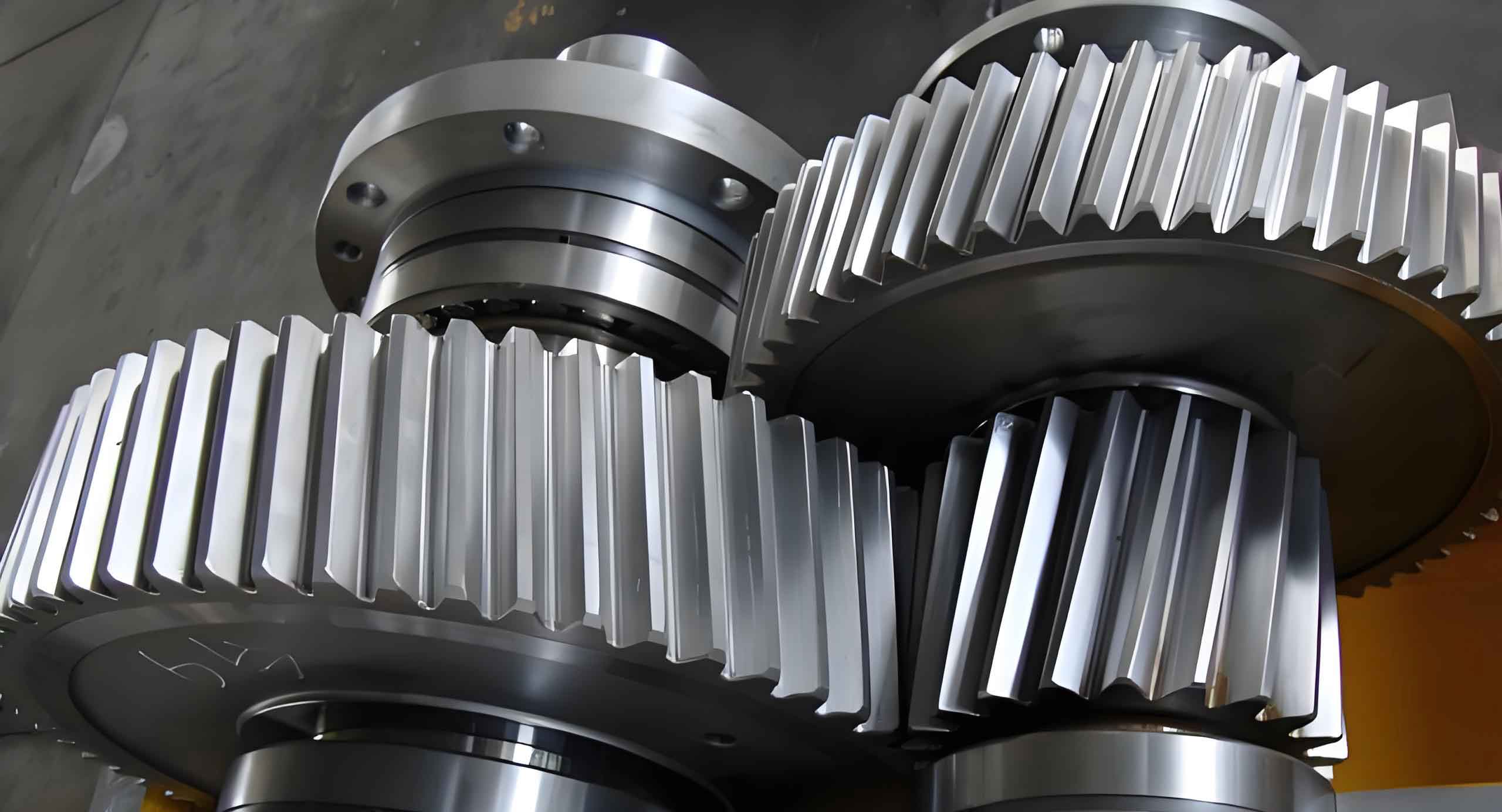Introduction
The rise of Electric Vehicles (EVs) has necessitated advancements in many automotive components, particularly in transmissions. One critical component in these transmissions is the helical gear. This article delves into the role of helical gear in electric vehicle transmissions, their advantages, design considerations, and their impact on the performance and efficiency of electric vehicles.
Understanding Helical Gears
Helical gear is type of cylindrical gear with teeth that are cut at an angle to the axis of rotation. This angled cut allows the teeth to engage gradually and smoothly, which results in quieter and more efficient operation compared to spur gears.
Key Features of Helical Gear:
- Angled Teeth: The teeth of helical gear is cut at an angle, usually between 15° and 30°.
- Smooth Operation: The gradual engagement of teeth reduces noise and vibration.
- Load Distribution: The angled teeth distribute the load more evenly across the gear teeth.
- High Load Capacity: Helical gear can handle higher loads due to the larger contact area of the teeth.

Role of Helical Gear in Electric Vehicle Transmissions
In electric vehicles, the transmission system is crucial for managing the power from the electric motor to the wheels. Helical gears are preferred in electric vehicle transmissions due to their efficiency and quiet operation, which align with the overall goals of electric vehicle design—maximizing efficiency and providing a smooth and quiet driving experience.
Advantages of Helical Gear in Electric Vehicle Transmissions:
- Efficiency: Helical gear offer higher efficiency compared to other gear types, which is critical for maximizing the range of electric vehicles.
- Quiet Operation: The reduced noise and vibration levels contribute to the quiet operation of electric vehicles.
- Durability: Helical gears are robust and can handle the high torque generated by electric motors.
- Compact Design: The ability to transmit more power in a smaller space helps in designing compact and lightweight transmission systems for electric vehicles.
Design Considerations for Helical Gears in Electric Vehicle Transmissions
When designing helical gears for electric vehicle transmissions, several factors need to be considered to ensure optimal performance and durability.
Factors to Consider:
- Material Selection:
- Steel: Commonly used due to its strength and durability.
- Composite Materials: Used for reducing weight and improving efficiency.
- Gear Ratio: The gear ratio must be optimized for the specific performance requirements of the electric vehicle.
- Lubrication: Proper lubrication is essential to reduce friction and wear.
- Thermal Management: Effective thermal management is crucial to prevent overheating and ensure the longevity of the gears.
Table: Comparison of Helical Gears and Spur Gears
| Feature | Helical Gears | Spur Gears |
|---|---|---|
| Tooth Engagement | Gradual | Sudden |
| Noise and Vibration | Low | High |
| Load Distribution | Even | Uneven |
| Efficiency | High | Moderate |
| Load Capacity | High | Moderate |
| Common Applications | Electric Vehicles, | Simple Machinery, |
| Industrial Equipment | Basic Transmissions |
Impact of Helical Gears on Electric Vehicle Performance
The implementation of helical gears in electric vehicle transmissions has a significant impact on overall vehicle performance. The efficient power transfer and reduced noise levels contribute to a better driving experience and improved vehicle range.
Performance Benefits:
- Improved Efficiency: Enhances the vehicle’s range by reducing energy losses.
- Enhanced Driving Comfort: Provides a smoother and quieter ride.
- Higher Torque Handling: Supports the high torque output of electric motors, allowing for better acceleration and performance.
- Compact Transmission Design: Allows for more innovative vehicle designs with more space for batteries and other components.
Conclusion
Helical gears play a crucial role in the advancement of electric vehicle transmissions. Their efficiency, quiet operation, and durability make them an ideal choice for the unique demands of electric vehicles. As the electric vehicle market continues to grow, the importance of optimizing helical gear design for enhanced performance and efficiency will only become more critical. By understanding the key features, advantages, and design considerations of helical gears, manufacturers can continue to innovate and improve the capabilities of electric vehicles.
